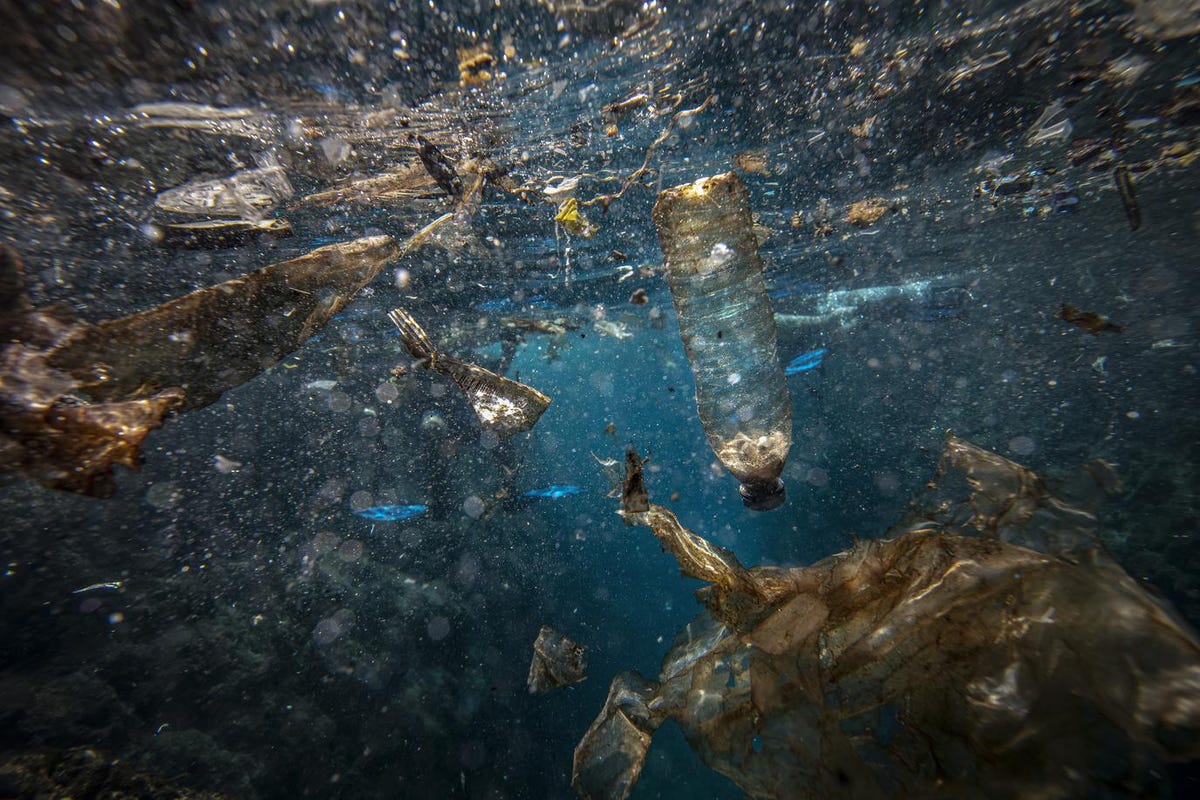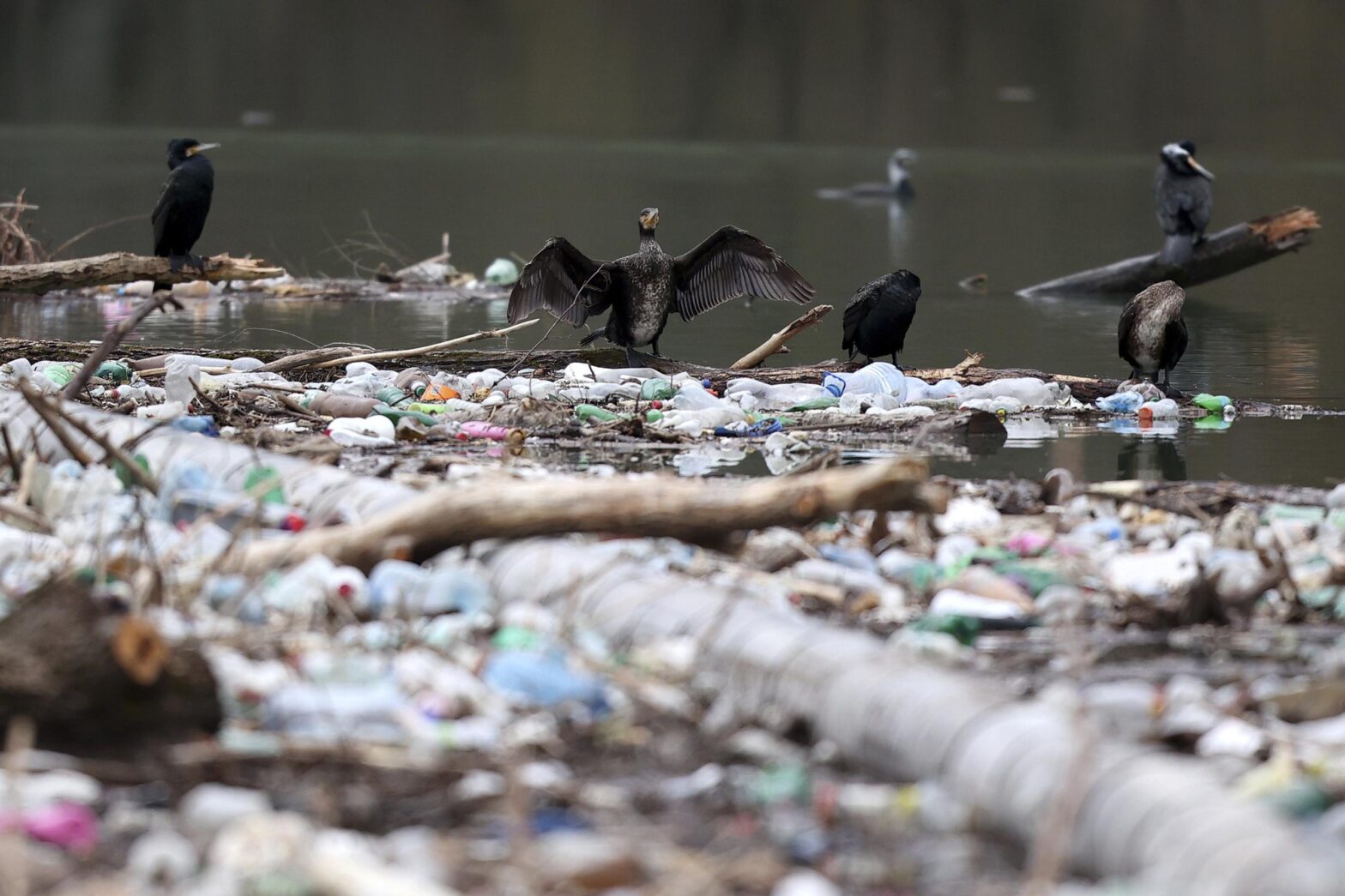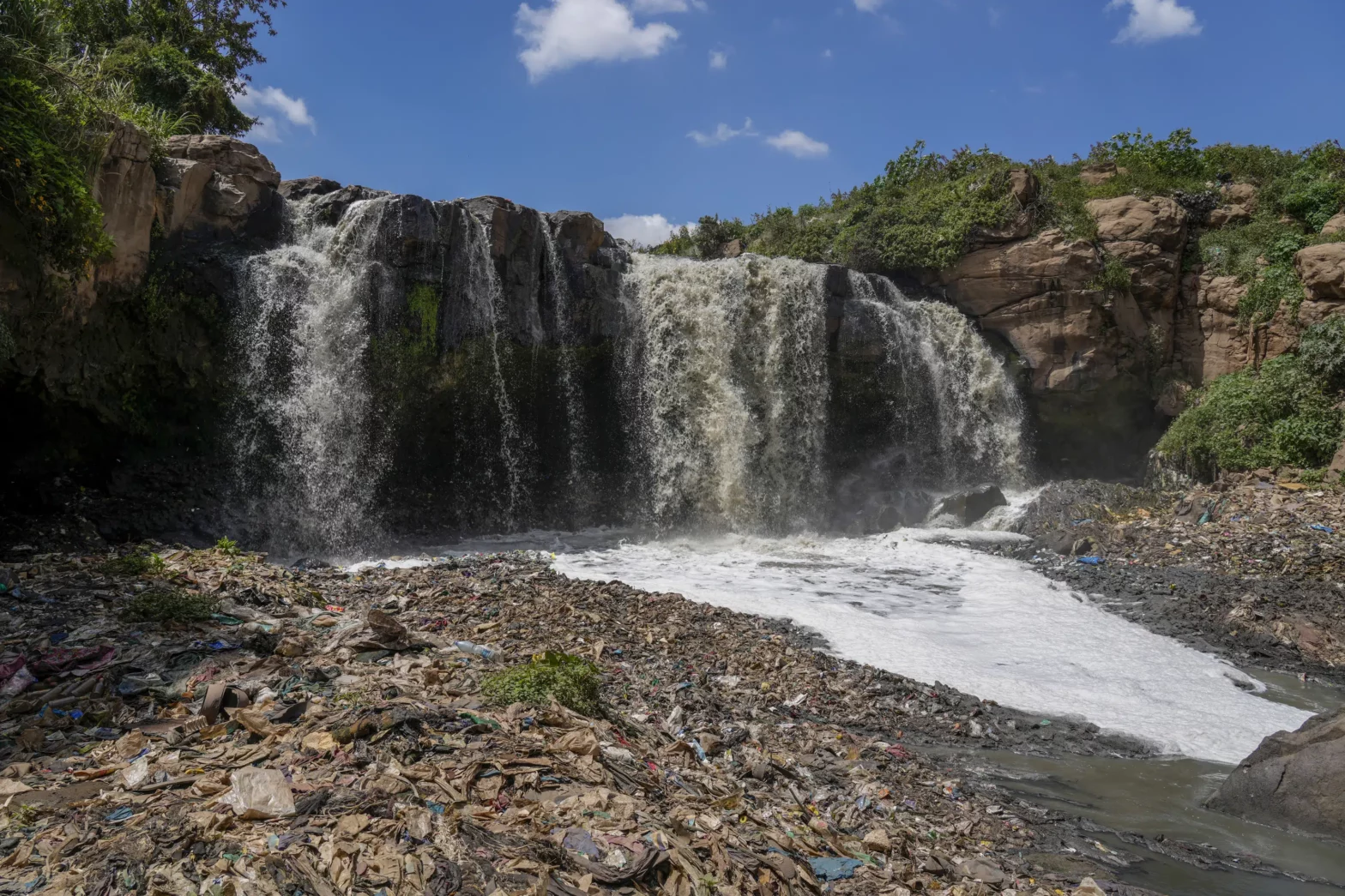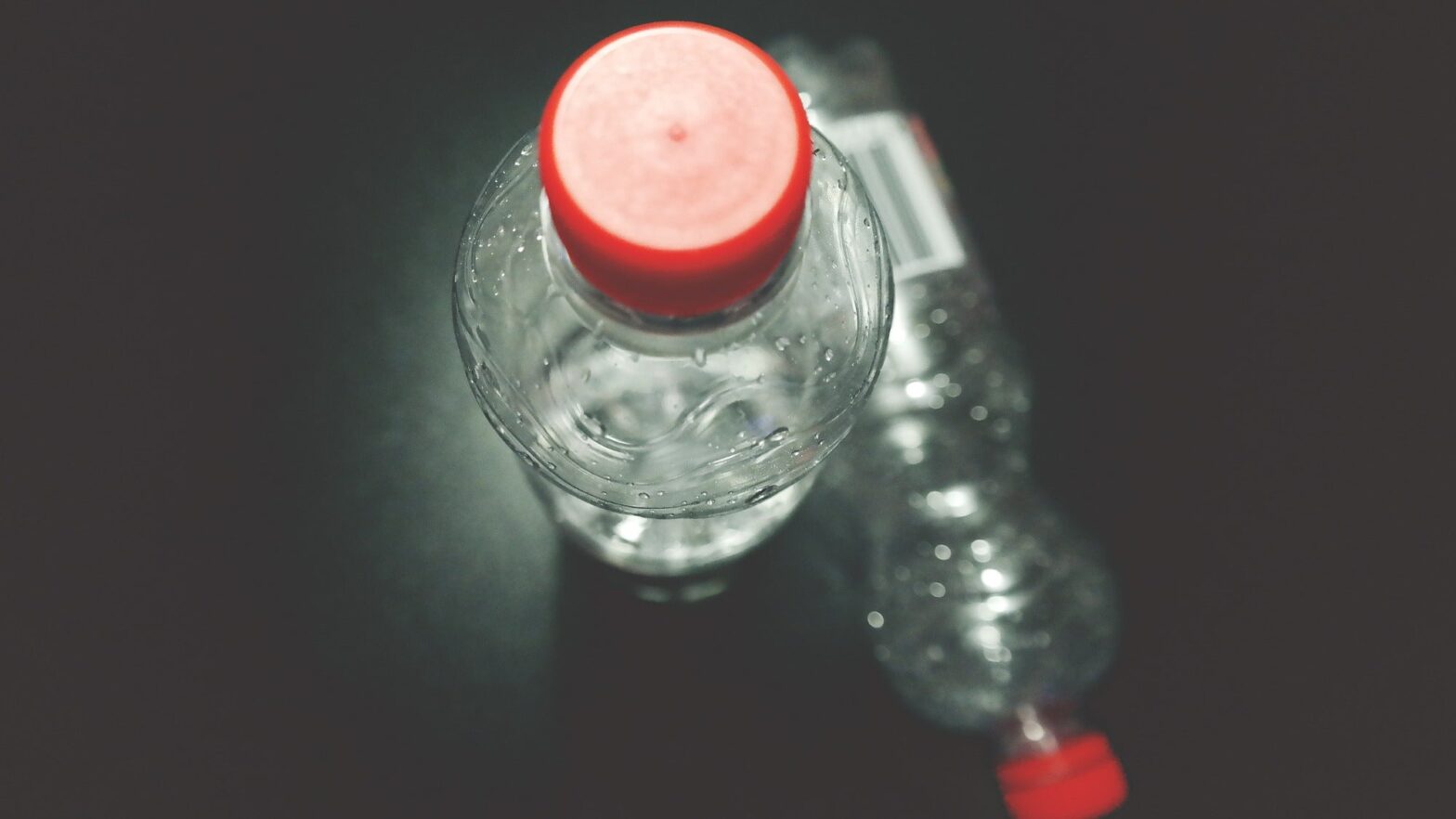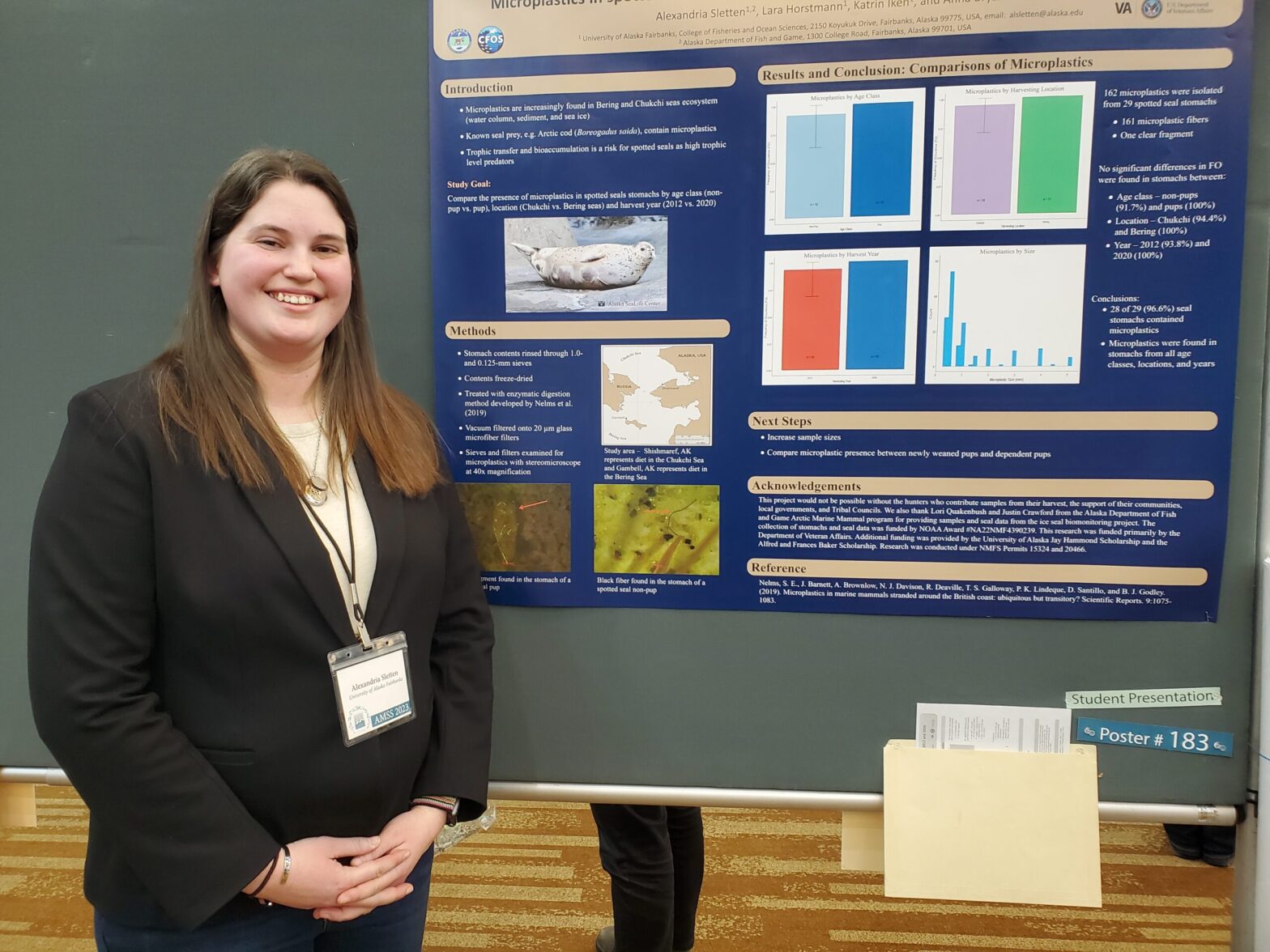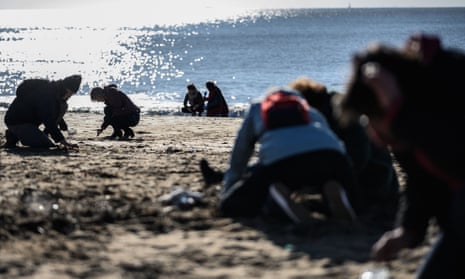We’ve all seen them. Images of countless turtles, whales, dolphins, sharks, and seals, dead and entangled in abandoned fish nets. The ocean is becoming an increasingly dangerous place for its inhabitants. And not because of the ‘eat or be eaten’ laws of nature – but because just by nature of being a creature that swims, you’re likely to eat plastic that may kill or maim you, or end up trapped and entangled in a net, left to struggle in an unnatural death until you starve, suffocate, or become prey.
It’s one thing to talk about statistics and science, but the violence, pain and suffering our throwaway plastic culture has caused is something that can’t be measured in numbers.
The ocean has become a crime scene. Currently, there are an estimated 50-75 trillion pieces of plastic and microplastics in the ocean. The plastic either ends up forming giant garbage patches, or breaking down into microplastics.
Plastic waste makes up 80% of all marine pollution and an estimated 8-10 million metric tons of plastic waste end up in the ocean every year. If current trends continue, by 2050, plastic is expected to outweigh all fish in the sea.
Imagine going for a seaside holiday and swimming in an ocean of plastic? Imagine a sea devoid of life – the magnificent underwater world destroyed because we treated the ocean like a giant garbage dump?
In just the last decade, humanity produced more plastic than it did in the last century. In most supermarkets, fruit and vegetables are wrapped in single-use plastic packaging, but every piece of single-use plastic takes between 500 -1,000 years to degrade. And when it degrades, it does not decompose, it becomes microplastics which are poisonous to animals and humans.
The Environmental Protection Agency has stated that 100% of all plastics human beings have created still exist.
One of the most harmful types of marine plastic debris is abandoned, lost, discarded fishing gear. About 640 thousand tons of fishing equipment get dumped into the ocean each year, not only entrapping marine life, according to researchers from the WUN Global Research Group, “there is chemical contamination with disruptive effects on marine species. As a result, human health is also impacted, with marine litter serving as a vehicle for diseases that contaminate the food chain.
“The problem is more visible in Asian countries like Taiwan, which has one of the world’s largest fishing fleets. In Taiwan, an average of 12.7 m3 of marine litter accumulates per kilometer along the coastline, 70% of which is caused by fishing gear.”
Each year, an estimated 100,000 sea animals are killed by plastic, around 90% of seabirds have eaten plastic, and one in every three sea turtles.
In a study that examined how to stop fishing gears from turning into ocean waste, scientists recommend not only better monitoring and managing of data on fishing gear waste streams by governments, but also regular meetings between stakeholders including the fishery sector, government agencies and non-governmental organisations to share knowledge and work towards implementing solutions for more sustainable fisheries.
Ocean plastic removal initiatives range from The Ocean Clean up, which aims to remove 90% of the plastic in the ocean both by scaling solutions to remove debris from the ocean and to intercept plastic in rivers before it reaches the ocean.
1% of the world’s rivers – 1,000 rivers – are responsible for 80% of the plastic that flows into the oceans, so stopping plastic trash has to start with cleaning up rivers.
Ocean plastic removal initiatives like non-profit organisation The Ocean Clean up have developed a range of interceptor solutions to tackle the plastic trash in rivers, from building a simple ‘trash fence’ across a river to high-tech, solar powered filtration systems. The Ocean Clean up has removed an impressive 2 million kilos of trash so far.
A sailor and surfer led Dutch startup created a low-cost, low-tech solution for stopping plastic trash from entering the oceans. The Great Bubble Barrier’s (GBB) beauty is in its simplicity: a perforated tube is embedded on riverbeds, creating a curtain of bubbles which gently nudges waste to the riverbank where it can be collected.
Ichthion was first developed at London’s Imperial College. The company has developed three types of technologies to remove plastics from rivers and oceans: a barrier for plastic capture in rivers, a plastic extraction system for marine environments, and a technology which can be retrofitted to large ships for plastic removal.
River Cleaning designed a diagonal line of floating rotating cog-type devices that pass the waste along the chain until it reaches a storage area by the river bank. This ingenious technique uses the flow of water in the river to spin the cogs – so no power is required.
And while upscaling ocean clean up solutions is urgently needed in coming years, the challenge remains to tackle the problem at its root cause.
Searious Business helps companies adapt their plastic packaging towards more sustainable supply chains and business models, while innovative startups like Apeel and Geno are bringing plant-based alternatives to plastic to disrupt plastic packaging and the plastic-based fast fashion industries.
The movement to include rescuing the ocean as part of our global efforts to tackle climate action is growing. Leaders from Australia, Canada, Chile, Fiji, Ghana, Indonesia, Jamaica, Japan, Kenya, Mexico, Namibia, Norway, Palau and Portugal have joined forces to form the High-Level Panel for a Sustainable Ocean Economy to accelerate ocean protection in policy, governance and finance. The ocean as we know it is a ticking time bomb – an accumulating trap of debris and toxins that are being carried into and poisoning the food chain. But hope stems from the growing awareness and accountability for how human survival depends on our ability to care for and protect the natural world.

